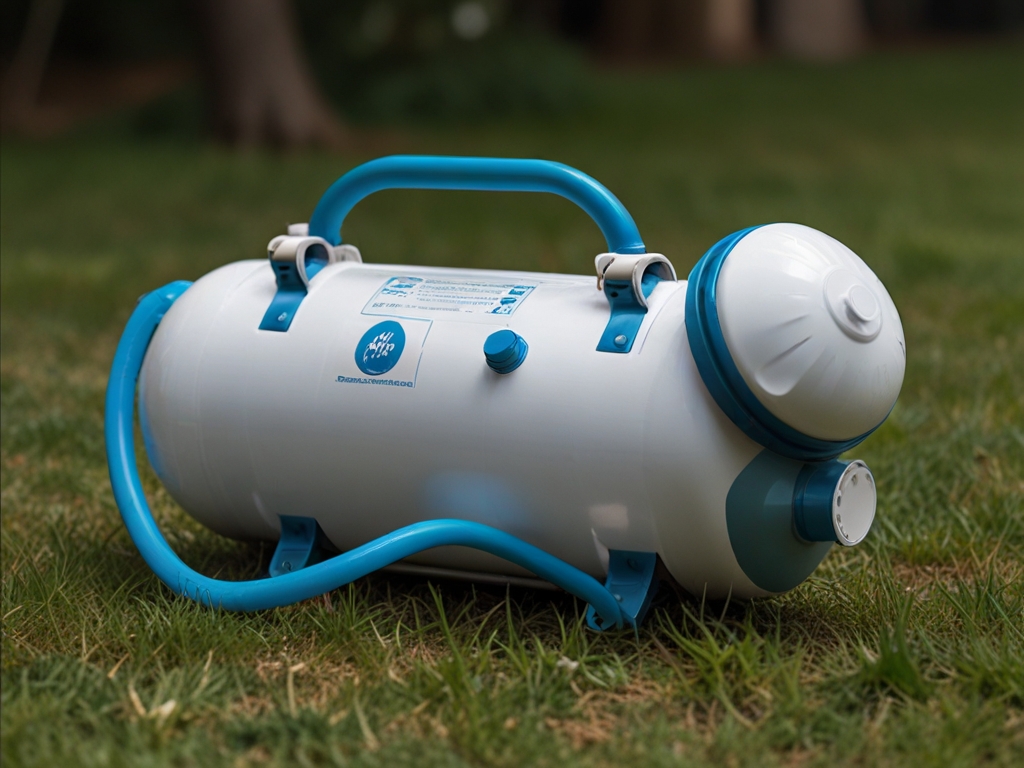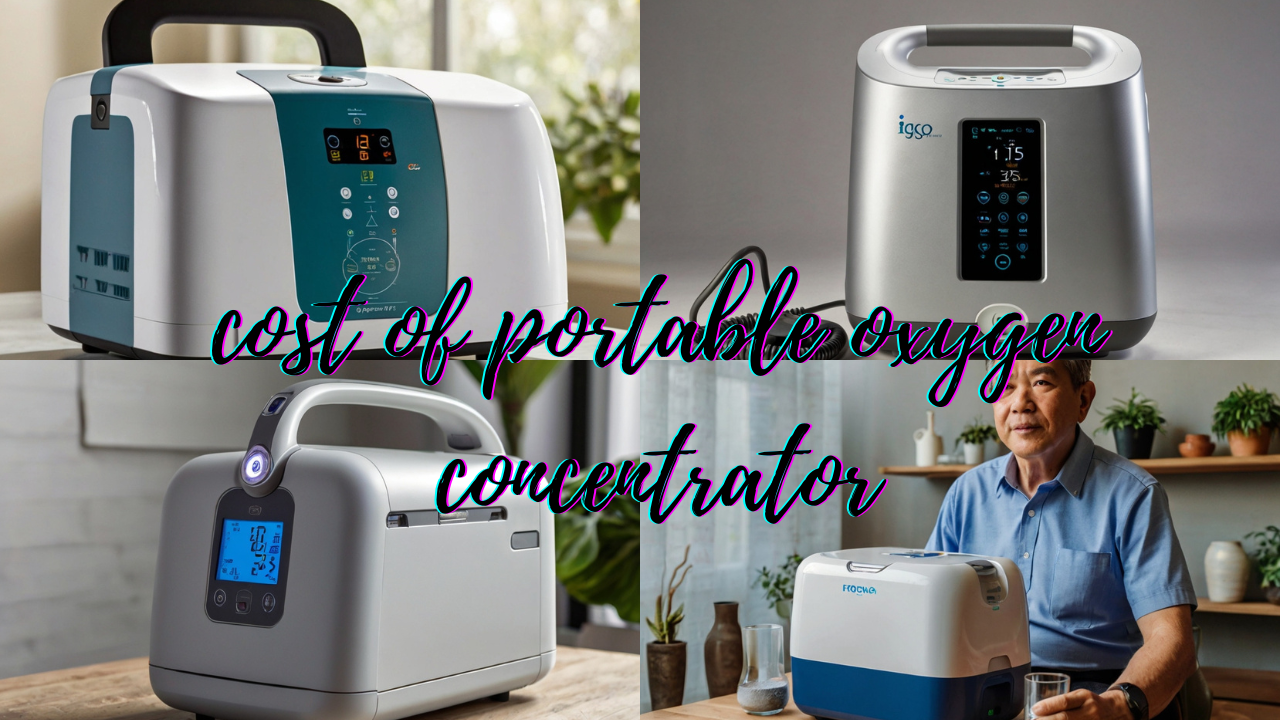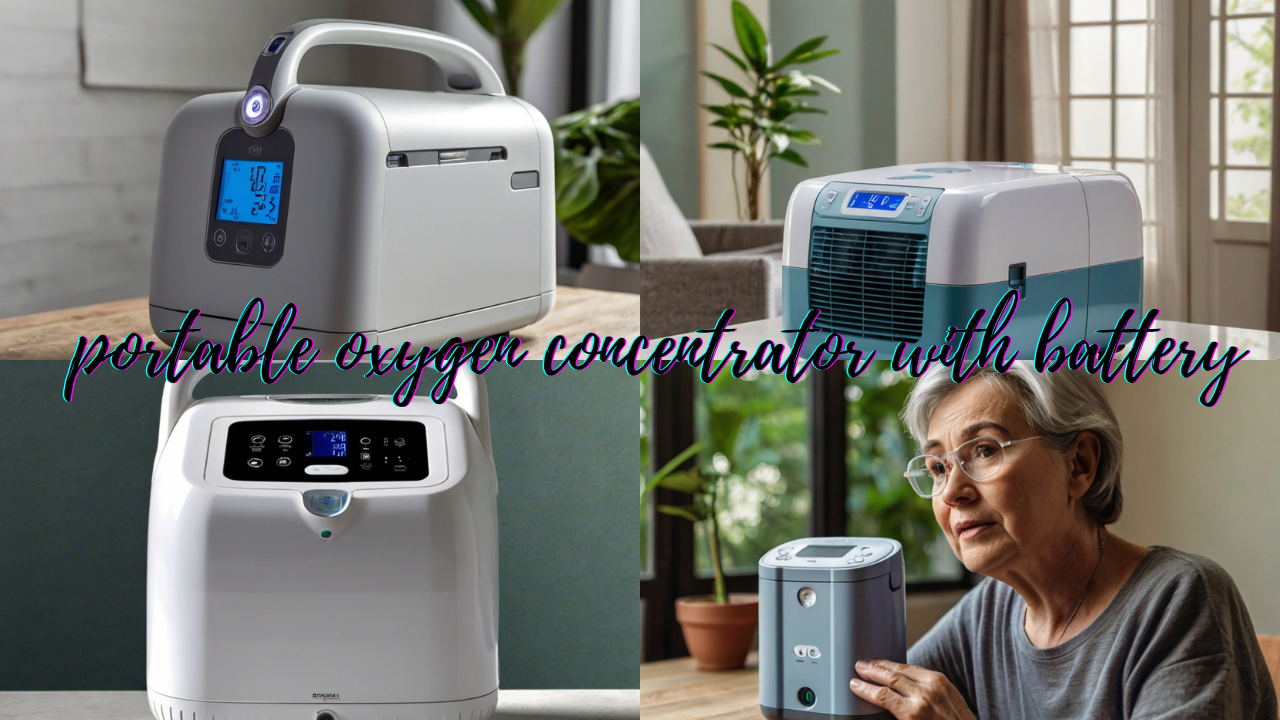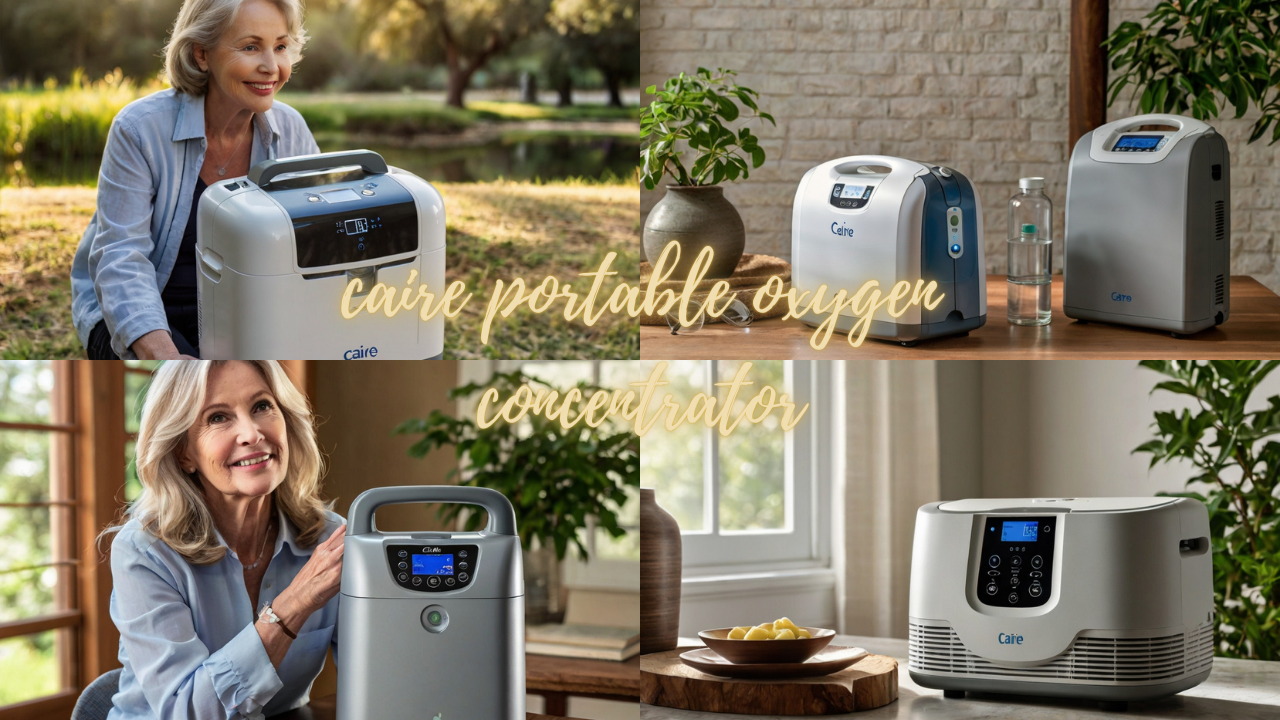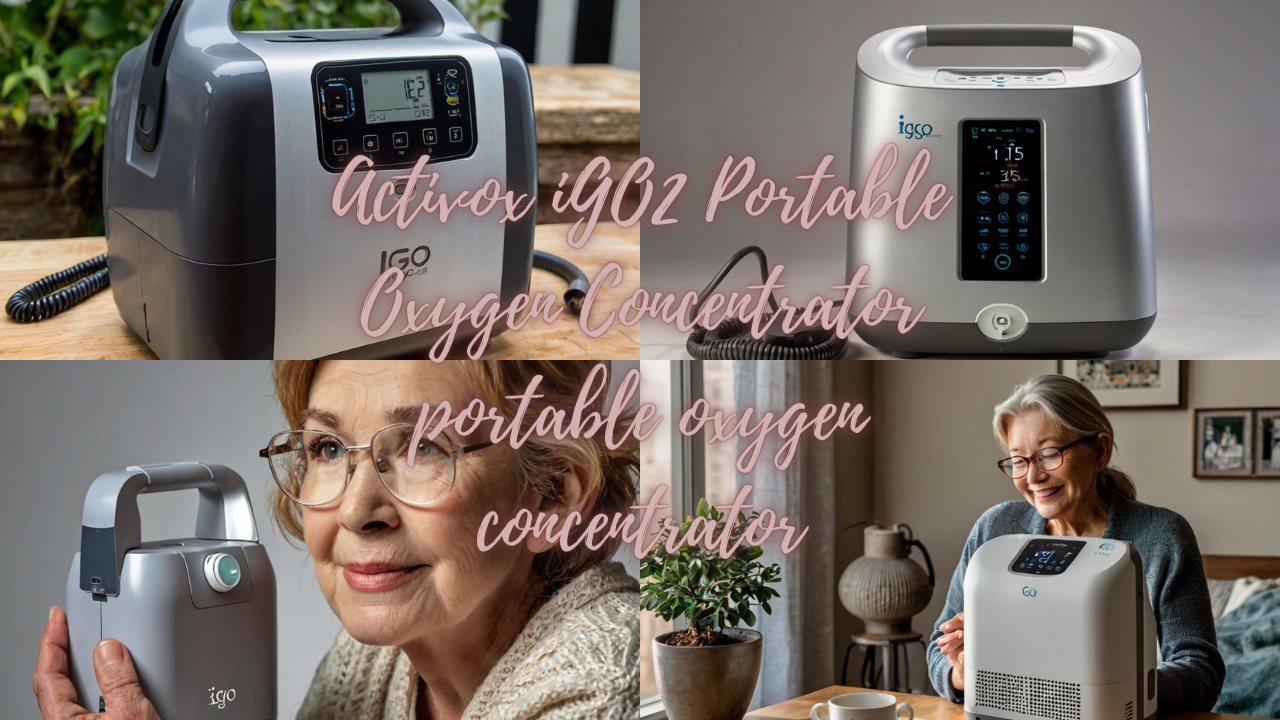Guide to Portable Oxygen Tanks for Breathing
In today’s fast-paced world, having access to reliable portable oxygen tanks can make a world of difference for individuals with respiratory conditions. Whether you’re a seasoned traveler, an outdoor enthusiast, or simply seeking greater mobility in your daily life, portable oxygen tanks offer the freedom to go about your activities with peace of mind. In this comprehensive guide, we’ll explore everything you need to know about portable oxygen tanks for breathing, from how they work to choosing the right one for your needs.
Understanding Portable Oxygen Tanks
Portable oxygen tanks, also known as oxygen cylinders or canisters, are compact devices designed to provide supplemental oxygen to individuals with breathing difficulties. They come in various sizes and configurations, ranging from small, lightweight models suitable for travel to more extensive options for extended use.
How Do Portable Oxygen Tanks Work?
Portable oxygen tanks function by storing oxygen gas under pressure, which is then delivered to the user via a regulator and mask or nasal cannula. The regulator controls the flow of oxygen, allowing users to adjust the oxygen flow rate to meet their specific needs.
Types of Portable Oxygen Tanks
There are several types of portable oxygen tanks available on the market, including:
- Compressed Gas Tanks: These tanks store oxygen in its gaseous form under high pressure.
- Advantages: Lightweight and easy to transport.
- Disadvantages: Limited oxygen supply, may require frequent refills.
- Liquid Oxygen Tanks: Liquid oxygen tanks store oxygen in a cryogenic liquid state, which is then converted to gas before inhalation.
- Advantages: Provides a higher volume of oxygen in a smaller container.
- Disadvantages: Requires specialized equipment for refilling, less portable than compressed gas tanks.
Choosing the Right Portable Oxygen Tank
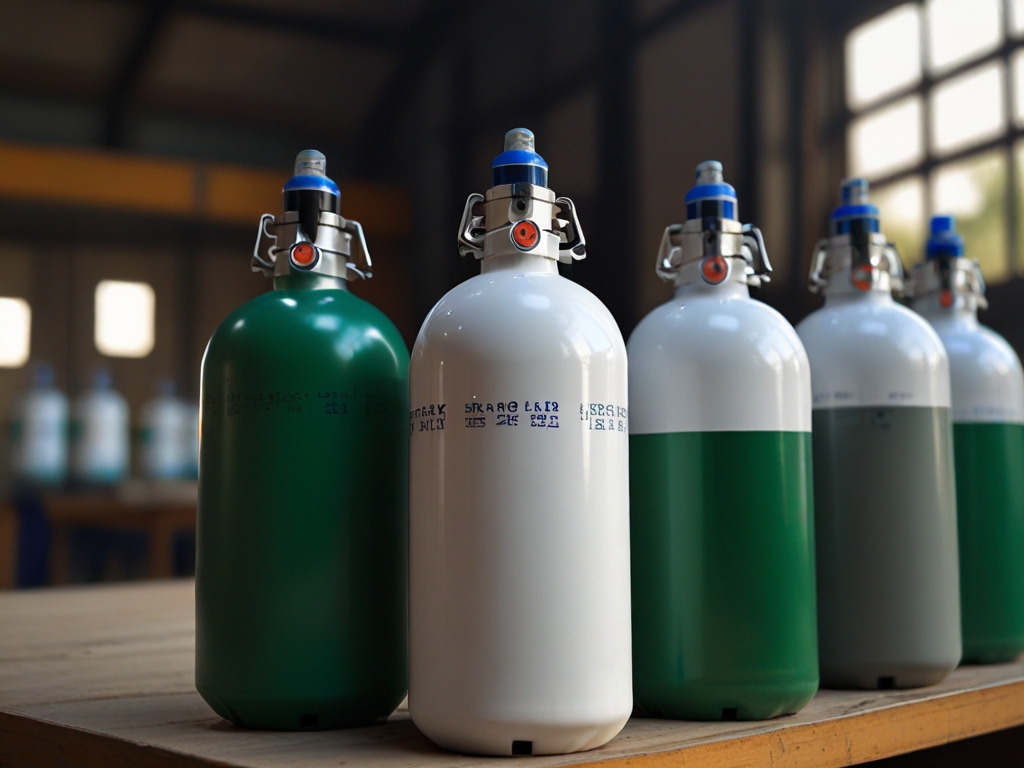

Selecting the right portable oxygen tank is crucial to ensure optimal comfort, convenience, and safety. Consider the following factors when making your decision:
Oxygen Requirements
Assess your oxygen therapy needs in consultation with your healthcare provider. Factors such as oxygen flow rate, duration of use, and mobility requirements will influence the type and size of portable oxygen tank that best suits your needs.
Portability
If you like to be busy or travel a lot, choose a portable oxygen tank that is easy to move around. To make it easier to move, look for models that are light and have carrying choices like shoulder straps or carts on wheels.
Battery Life
Consider the battery life and charging options available for portable oxygen concentrators that rely on batteries. Opt for models with long-lasting batteries or the ability to recharge on the go to avoid interruptions to your oxygen therapy.
Benefits of Portable Oxygen Tanks
Portable oxygen tanks offer numerous benefits for individuals with respiratory conditions, including:
- Increased Mobility: With portable oxygen tanks, users can enjoy greater freedom and independence to engage in various activities both indoors and outdoors.
- Improved Quality of Life: People with COPD can live more active and happy lives by getting extra oxygen therapy to help with symptoms like shortness of breath and tiredness.
- Emergency Preparedness: Having a portable oxygen tank on hand ensures readiness for unexpected situations, such as power outages or medical emergencies.
Frequently Asked Questions (FAQs)
Q: Can I bring a portable oxygen tank on an airplane?
A: Most airlines allow people to fly with portable oxygen concentrators or cylinders, but you should always check with the airline ahead of time and follow their rules.
Q: How often do I need to refill my portable oxygen tank?
A: The frequency of refills depends on factors such as the size of the tank, your oxygen flow rate, and the duration of use. It’s advisable to keep track of your oxygen levels and refill the tank before it runs empty to avoid interruptions to your therapy.
Q: Does insurance cover portable oxygen tanks?
A: Portable oxygen equipment and supplies are covered by many health plans, including Medicare. However, coverage may be different depending on your plan and the eligibility requirements.


